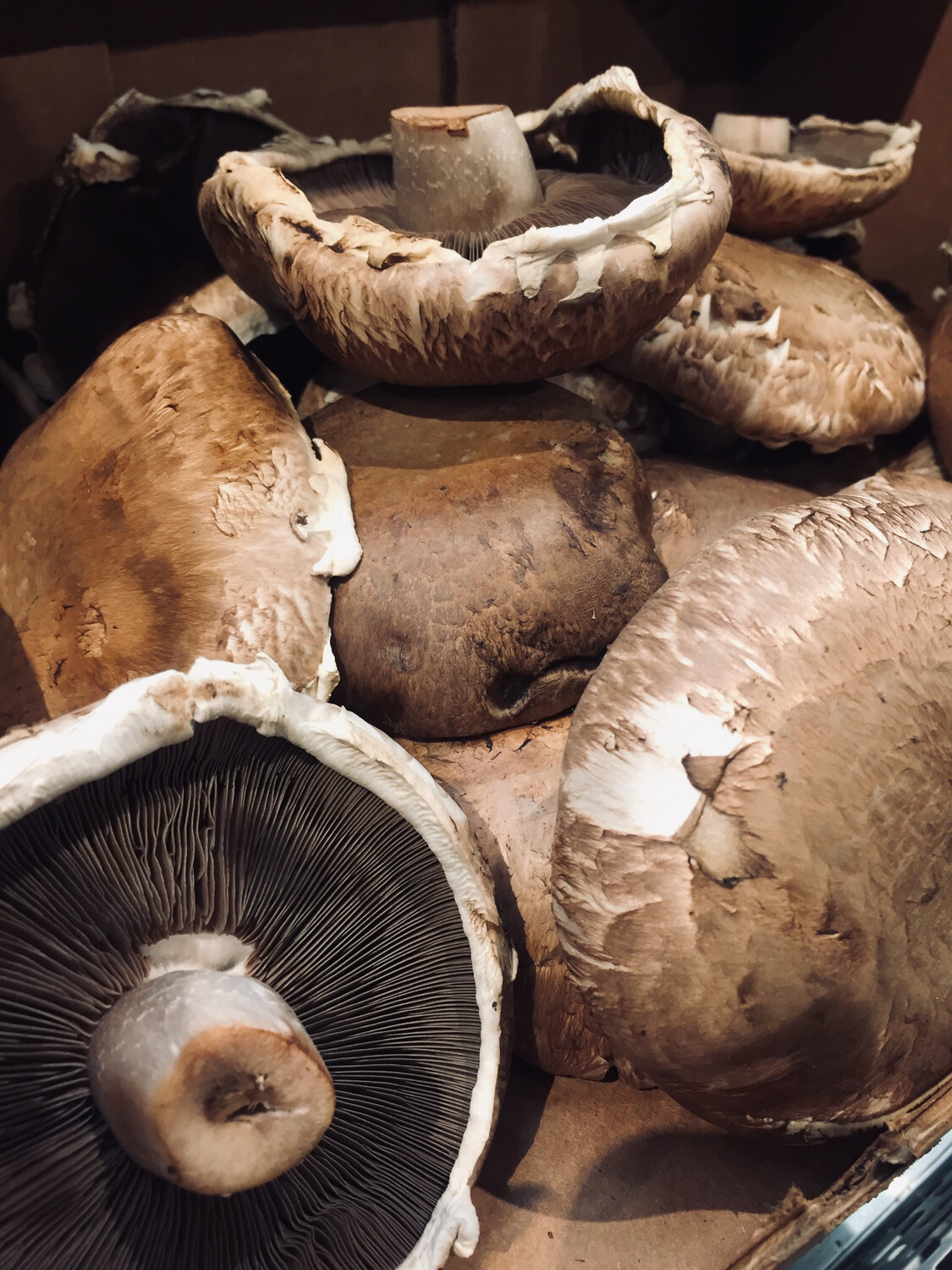

In this study, the combination of volatilome and transcriptome data of C. In contrast, changes in the C8 profile detected in late stages of development are probably due to the activity of enzymes located in the fruiting bodies. Furthermore, we were able to localize the mycelium as the main source for sesquiterpenes predominant during sporulation in the headspace of C. aegerita including lipoxygenases (LOXs), dioxygenases (DOXs), hydroperoxide lyases (HPLs), alcohol dehydrogenases (ADHs) and ene-reductases could be identified. Combining transcriptome and volatilome data, enzymes putatively involved in the biosynthesis of C8 oxylipins in C.

Differential gene expression was observed for genes involved in fungal fruiting body formation showing interesting transcriptional patterns and correlations of these fruiting-related genes with the developmental stages. aegerita with seven mycelial and five fruiting body stages was conducted.

ResultsĪ transcriptomic study at seven points in time during fruiting body development of C. aegerita were analyzed and combined with changes in the volatile profile during its different fruiting stages. To elucidate the so far barely understood biosynthesis of fungal volatiles, alterations in the transcriptome during different developmental stages of C. Its archetypal agaric morphology and its ability to undergo its whole life cycle under laboratory conditions makes this fungus a well-suited model for studying fruiting body (basidiome, basidiocarp) development. Agrocybe aegerita) is a commercially cultivated mushroom.


 0 kommentar(er)
0 kommentar(er)
